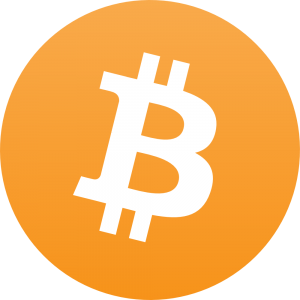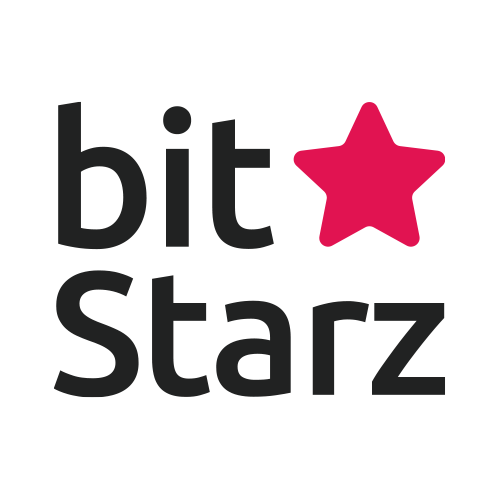The perception that bitcoin has a high price point could be easily changed, some argue, simply by changing the default unit on trading platforms and consumer-level wallets. It’s an idea that has gotten a lot of traction this week, thanks in large part to the boom in news coverage and media buzz around bitcoin.
The current discussion began with a post on the Bitcoin GitHub by core developer Jeff Garzik. In the post, Garzik noted:
Advantages are obvious:
- having satoshi as 1/100 of the main unit is familiar to people like USD and cent
- All existing financial software can deal/store big numbers but typically only 2 decimals
- Split could be linked with the introduction of the ISO code in one step
Garzik’s biggest argument for the change is bitcoin integration into existing financial software. Most accounting software isn’t set up to handle more than two decimal places, and it’s rare to encounter a program that can handle the eight decimal places used by bitcoin. Garzik also notes that humans tend to have an easier time with very large numbers, like Yen, than they do with very tiny ones like bitcoin.
The proposal seems to have wide support thus far, although there is considerable debate about where the default value should start. Technically, bitcoins are divisible to 100,000,000 places, with the lowest value of 0.00000001 BTC (referred to as a “satoshi”). At the current exchange rate, it would take 1579 satoshi to equal one penny of U.S. currency.
Many other notable bitcoin developers and personalities have weighed in on the topic, with the general tone being less about “if” the change should take place, and more about “how” it should. The two leading proposals are the “milibit” (0.001 BTC) and “microbit” (0.000001), although Garzik strongly advocates for milibit due to the current price correlation with other currencies. One mBTC would currently sell for $0.63, which is a comparatively attractive price point for new bitcoin users.
Should it be adopted, the proposed standard change would have no impact on the core bitcoin software, although it would require closely connected projects to update wallet software and displays.














